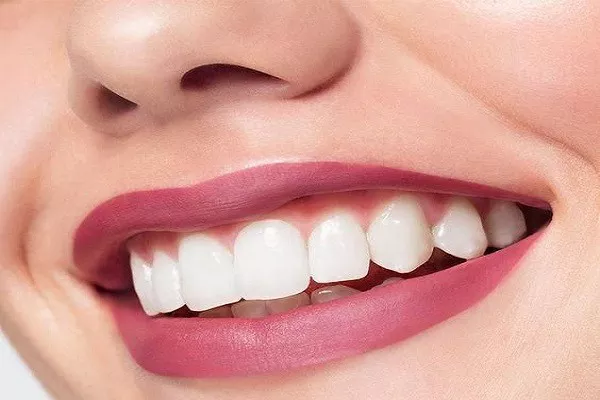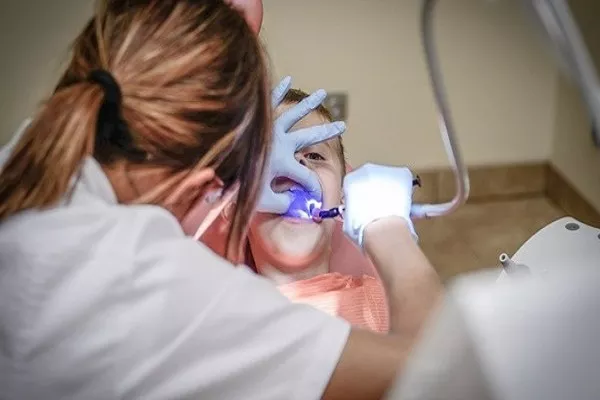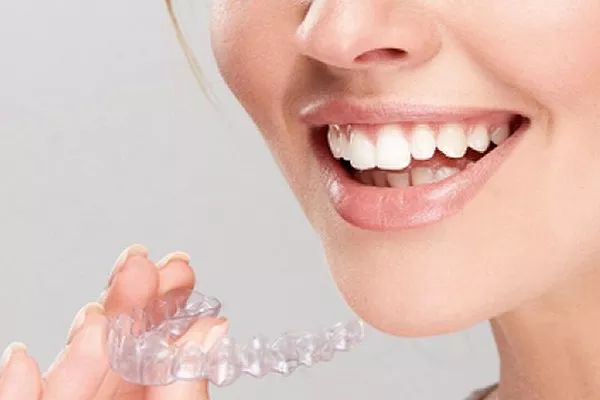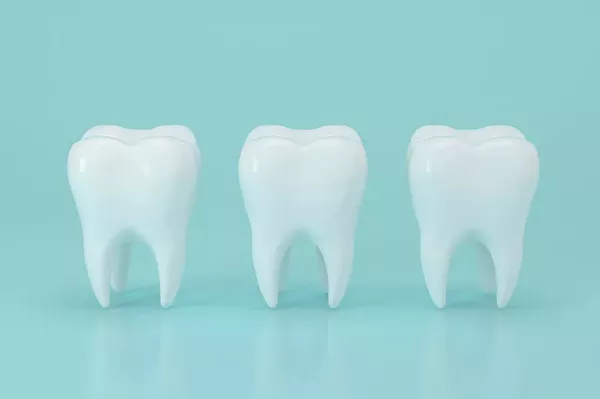When it comes to achieving a brighter, whiter smile, many individuals turn to teeth whitening strips as a convenient and effective solution. However, a common question that often arises is whether you can use whitening strips after eating. In this article, we will explore this topic in detail, addressing the concerns, offering guidance, and providing evidence-based insights into post-meal whitening strip use.
1. Timing is Key:
Immediate Whitening: Teeth whitening strips are most effective when applied to clean, dry teeth. That said, using them right after a meal is not recommended. This is because the residue from food and drink can interfere with the strips’ ability to adhere properly to the teeth. Furthermore, the presence of food particles can also hinder the whitening gel’s even distribution, potentially leading to uneven results.
Waiting Period: To maximize the benefits of whitening strips, it is advisable to wait at least 30 minutes to an hour after eating before applying them. This allows your saliva to neutralize acids and helps ensure your teeth are in an optimal condition for the whitening process.
2. The Impact of Food and Drinks:
Acidic Foods and Beverages: Certain foods and drinks are acidic in nature, such as citrus fruits, sodas, and vinegar-based sauces. Consuming these items before using whitening strips can lead to sensitivity and irritation, as the acid weakens the enamel temporarily. It is wise to avoid acidic foods for a few hours before and after whitening.
Staining Culprits: Foods with strong staining potential, like red wine, coffee, tea, and berries, should also be consumed cautiously if you plan to use whitening strips. These substances can counteract the effects of the strips and make it more challenging to achieve the desired level of whiteness.
3. Ideal Practices for Post-Meal Whitening:
Rinse and Brush: After consuming a meal or snack, it is advisable to rinse your mouth with water to help remove any food particles and acidic residues. After rinsing, wait for a short period before brushing your teeth. Brushing immediately after eating can be abrasive to your enamel, especially if you’ve had acidic foods.
Use a Toothpaste with Fluoride: To further protect your teeth and strengthen enamel, opt for a toothpaste with fluoride. Fluoride can assist in preventing sensitivity and minimizing potential damage to your teeth.
Gentle Whitening: If you cannot wait a full hour after eating, consider using a gentler whitening option, such as whitening toothpaste, which can be more forgiving on recently consumed meals. These toothpaste products are specifically designed for post-meal use and contain lower concentrations of whitening agents.
4. Sensitivity Concerns:
Sensitivity is Normal: Some individuals may experience increased sensitivity when using whitening strips, especially after eating. This sensitivity typically occurs due to the exposure of dentin (the layer beneath the enamel) as the strips work to remove stains. This is normal, but if the sensitivity becomes too uncomfortable, you may want to space out your whitening sessions or consider consulting a dentist for alternatives.
5. Consult a Dental Professional:
Individual Variations: Keep in mind that individual factors like the state of your dental health and the type of whitening strips you use can influence the ideal timing for whitening. For personalized guidance, consult a dental professional who can assess your unique situation and provide tailored recommendations.
Professional Whitening: In some cases, a dentist may recommend professional, in-office whitening treatments. These treatments are closely monitored by a dental professional, ensuring your teeth are protected and the best results are achieved.
In conclusion, while it is possible to use whitening strips after eating, there are specific best practices to follow for optimal results and minimal side effects. Waiting a suitable amount of time after eating, avoiding acidic and staining foods, and practicing good oral hygiene can help you make the most of your whitening journey. Remember that the key to a dazzling, white smile is patience and consistency, so follow these guidelines, and you’ll be well on your way to a brighter, more confident you.
Related Links:
Should you rinse out your mouth after using whitening strips?
What teeth whitening method works best?
Why are teeth whitening strips so expensive
































